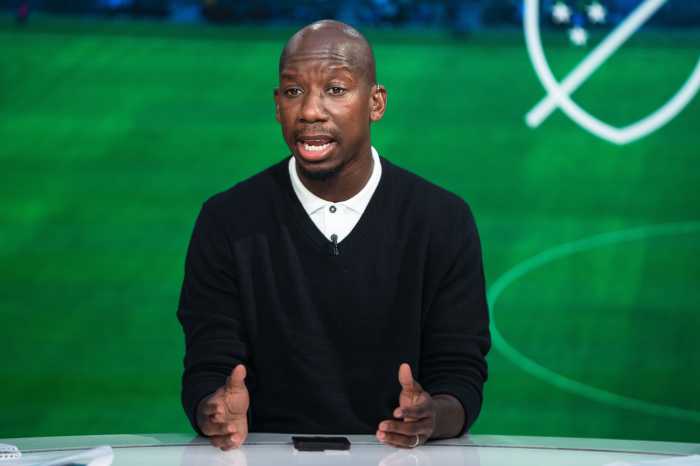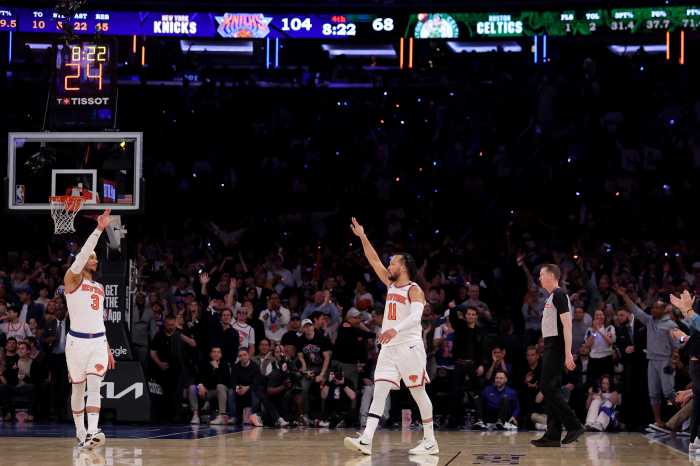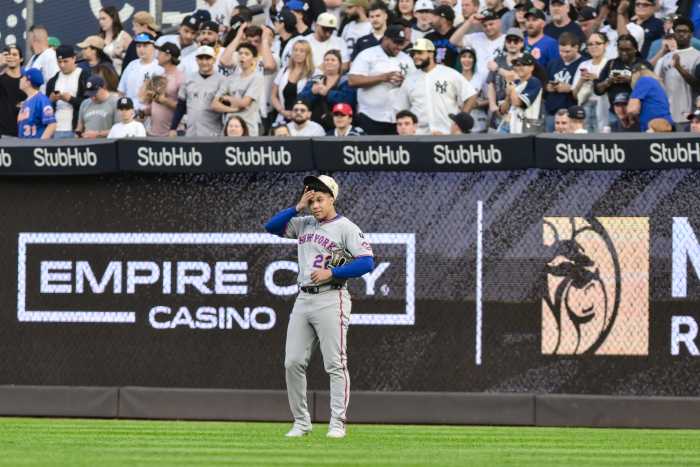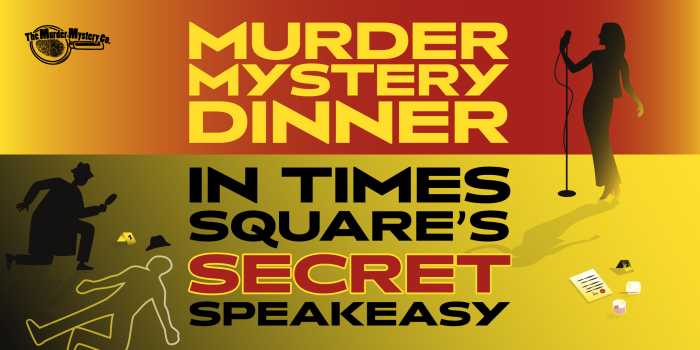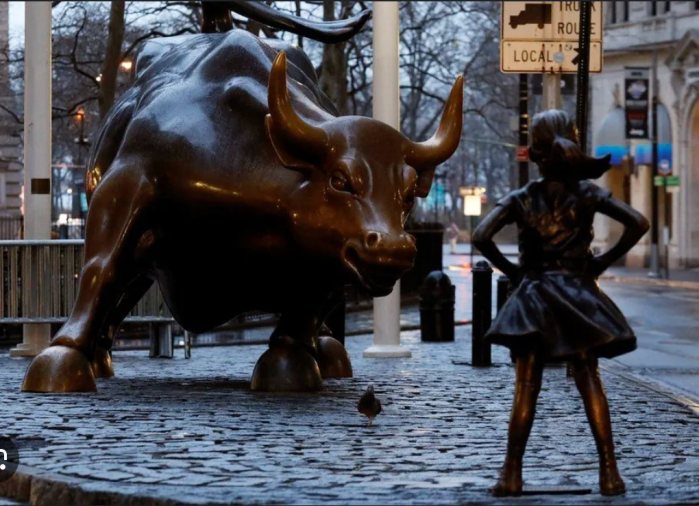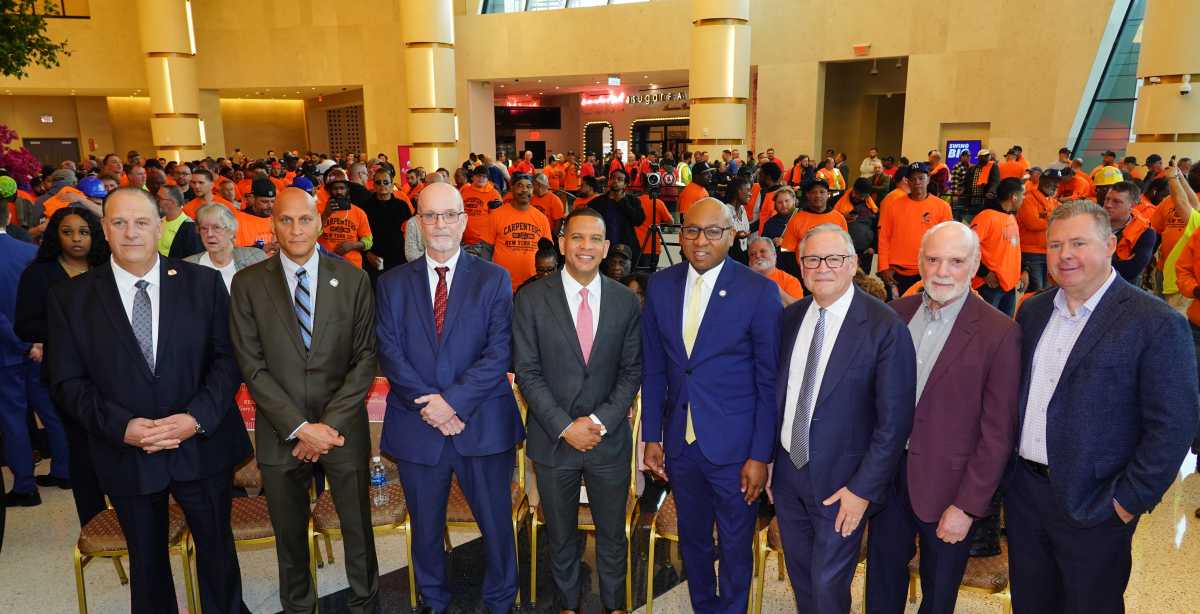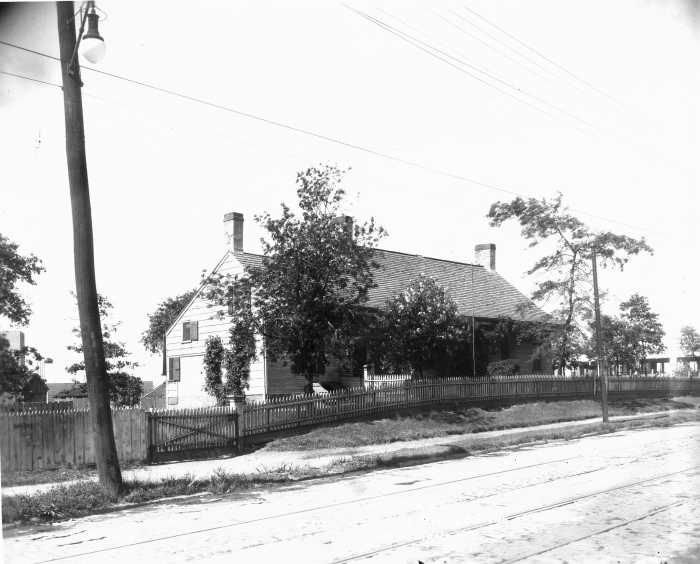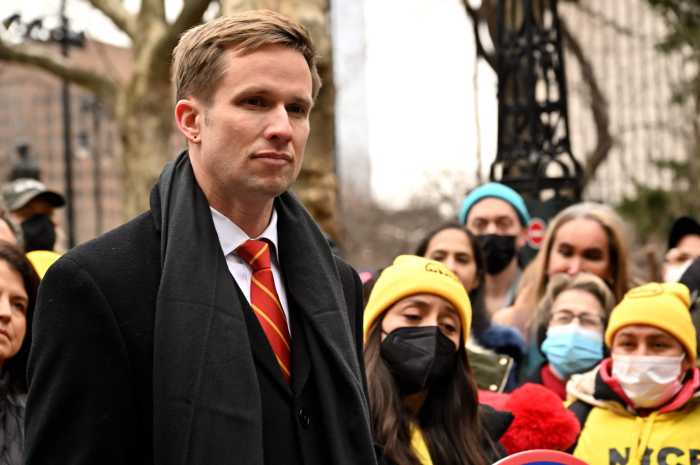The wait is almost over.
Roughly six years after public demand peaked for the bout, Floyd Mayweather Jr. and Manny Pacquiao are scheduled to step into the ring Saturday night at the MGM Grand in Las Vegas for what is being billed as “The Fight of the Century” — a title borrowed from last century’s Joe Frazier vs. Muhammad Ali at Madison Square Garden.
Ali and Frazier tangled three times by their early 30s — which is how old Mayweather and Pacquiao were when overtures began for the two to square off earlier in the decade.
Now 38 and 36, respectively, both Mayweather and Pacquiao are on the decline as boxers yet remain pound-for-pound elites in the sport.
In other words, their welterweight (147-pound) championship bout — which puts Mayweather’s WBA (super welterweight), WBC and The Ring titles as well as Pacquiao’s WBO belt on the line — took too long to finally put together, but remains worth the attention of both die-hard and casual fight fans.
With so much built-up anticipation, it will be hard for the bout to live up to lofty expectations or a high price tag ($100 to order the pay-per-view in high definition, $10 less for standard def). That doesn’t mean it won’t be a good fight. Quite the contrary, in fact.
How they match up
The old “styles make fights” cliche in combat sports — which will be written or uttered about a billion times between now and Round 1 — is in full effect for this one.
Mayweather, an orthodox stance fighter, has remained unbeaten as a professional thanks in large part to his impeccable defense and speed. He’s a counterpuncher who makes opponents pay for loading up power punches by flicking a stiff jab before absorbing anything too damaging. Don’t confuse “Money” for a brawler; he’s perhaps boxing’s finest technician of this century.
What truly separates Mayweather from his pugilistic peers is his ability to adjust to the flow of a fight. Past bouts have seen him encounter early rough stretches, only to makes necessary tweaks to his strategy and turn the tide in his favor.
Pacquiao may not be a polar opposite of his Saturday opponent, but he’s different enough, even to the untrained eye. Pac-Man, a southpaw, isn’t content to sit back and counterpunch. He’s willing to apply pressure and throw quick punches — including damaging hooks and uppercuts — from unorthodox angles that can give opponents fits.
A reputed finisher during his athletic peak — he stopped eight of 11 foes from 2005-09 — Pacquiao has gone the distance in every bout since, with the exception of a knockout loss to rival Juan Manuel Marquez in 2012. Although he’s going the distance more often, Pac-Man isn’t known for slowing down as a fight drags onward.
Who will win?
Perhaps nobody. A draw is entirely conceivable between such evenly matched fighters, although nobody wants to hear that.
Assuming only one fighter has his hand raised at the end of the bout, bank on the fight going the full 12 rounds and requiring a judges’ decision. Mayweather isn’t known for his stopping power, and he’s never been finished. Don’t expect either to change this weekend.
Mayweather’s style puts the onus on Pacquiao to navigate his foe’s defense and land scoring blows because Mayweather will fight the same way he always does. Good news for Pac-Man: Mayweather has been more willing to hang by the ropes in recent bouts. If the trend continues, Pacquiao will, obviously, find his target easier to catch.
Pacquiao’s job gets exponentially harder if this becomes a true boxing match — one focused on technique and timing — in the center of the ring. That’s where Mayweather excels, and Pac-Man will be in for a long night if he falls into such a trap.
This is by far the stiffest test of Mayweather’s career, and one that he might have been better equipped to pass when he was younger. It’s going to be tight, but Pacquiao wins by majority decisionto hand his opponent the first loss of his career.



